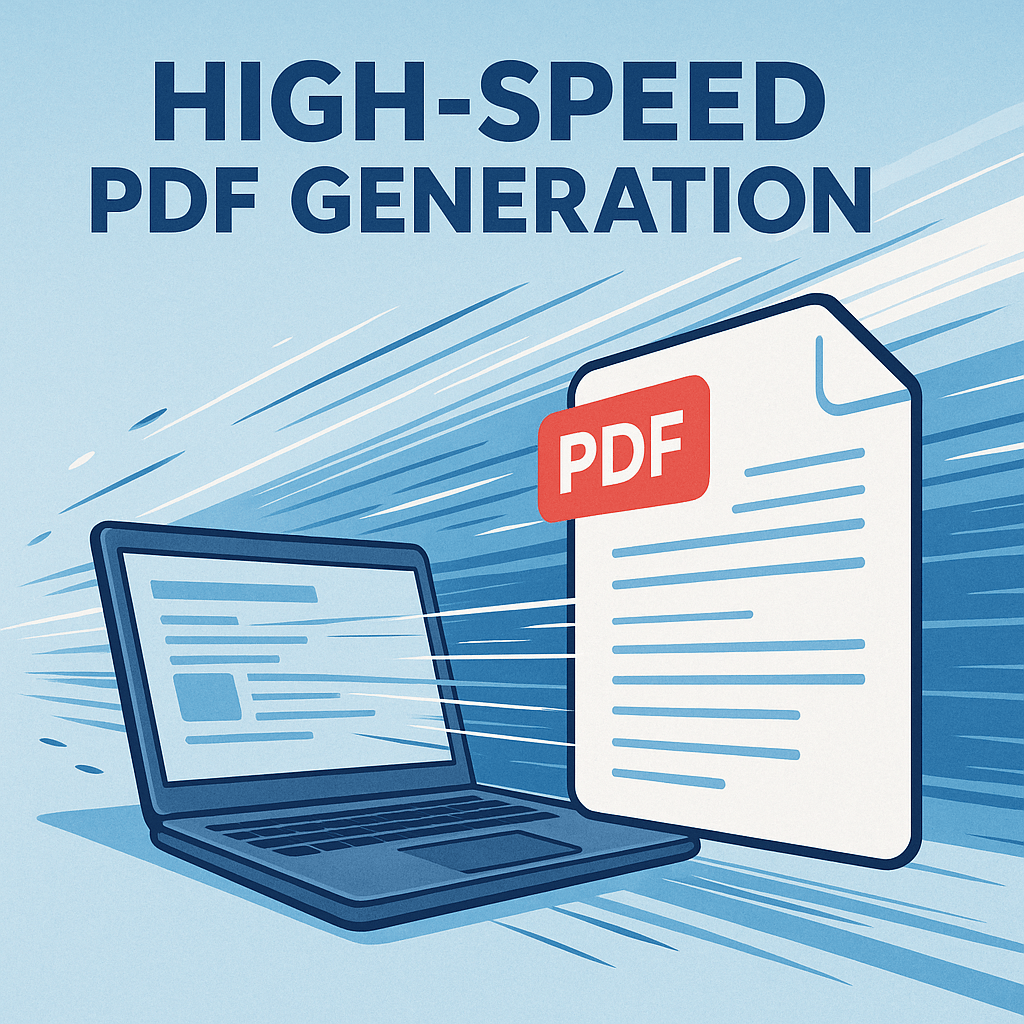High speed PDF generation with boxes and glue

I have been playing with electronic invoices (especially the German and French ZUGFeRD/Factur-X format) for a while now. The speedata Publisher has support for ZUGFeRD since 2017.
The next step is to make (my other PDF generation software) boxes and glue work with electronic invoices. For that, I use the new command line interface for boxes and glue (which I will describe in a future blog post).
There only a few things that need to be done to make this work:


